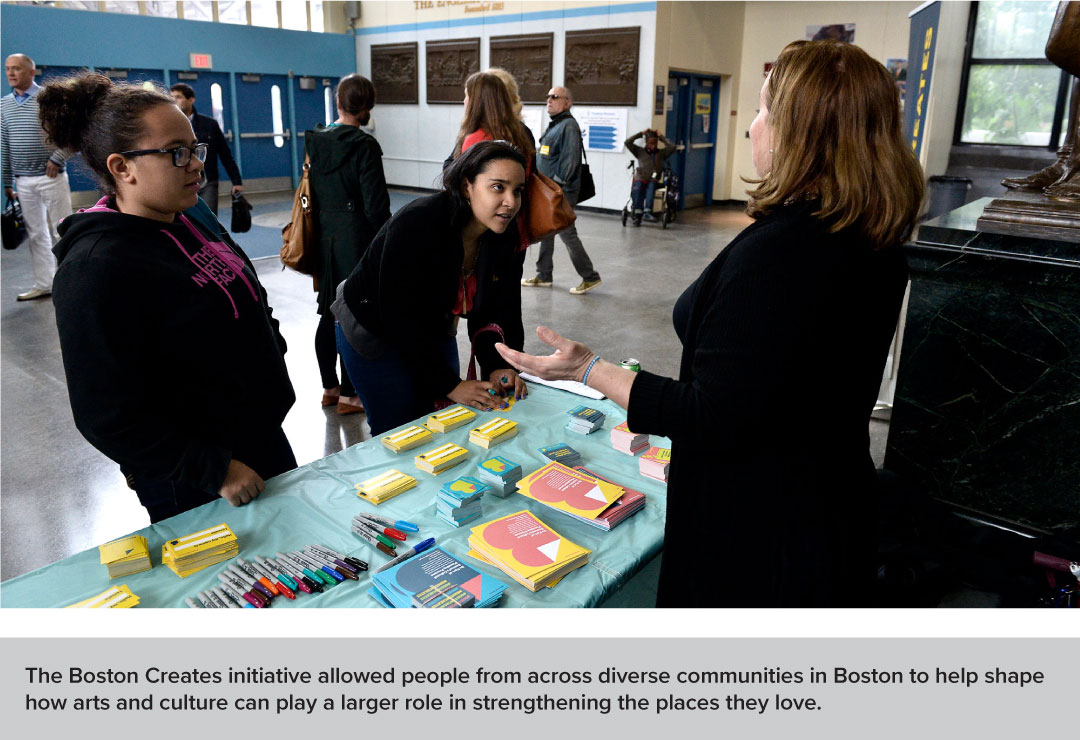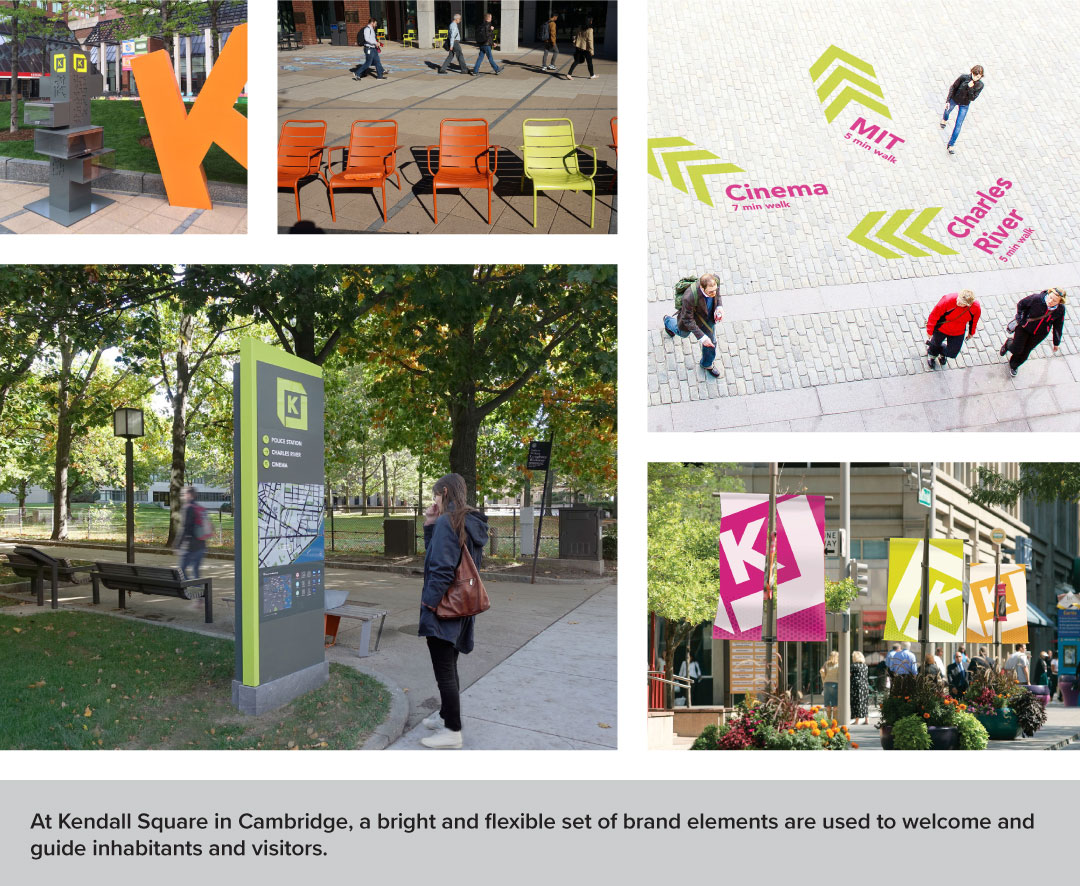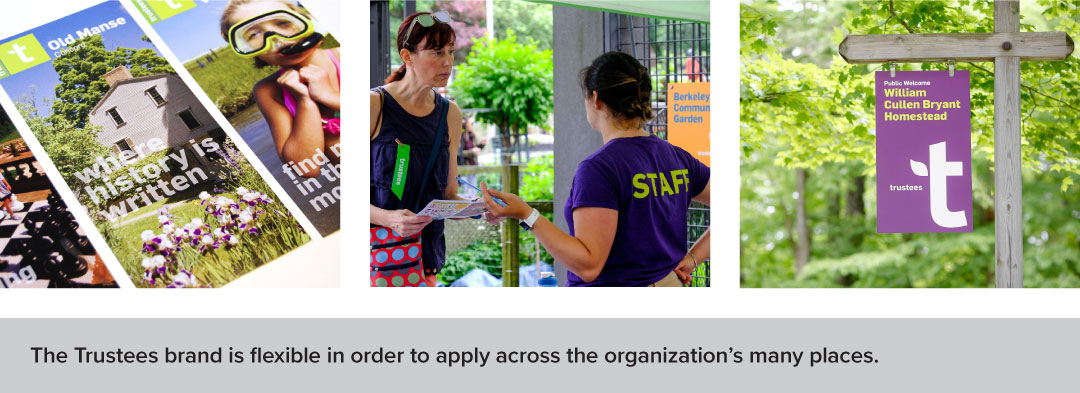Much has been written about great places—what makes them and how they may be fostered. Considerably less has been written on the important intersection of placemaking and branding. This is a rich topic that warrants further investigation.
Our world has changed a great deal in the last two years. A global pandemic has increased our longing for a sense of place and community. A heightened awareness of pressing environmental and social issues has increased our desire to commit to those issues. These factors are driving an increased demand for greater transparency and authenticity than in the past. For those who make places—planners, developers, architects, etc.— this means thinking more broadly about the role great places can play. Integrating the discipline of branding into the placemaking process will help instill a stronger sense of shared purpose and vision.
Great Places
The Project for Public Spaces studied a spectrum of places across the globe and identified four common qualities that great places all share:
- They are accessible.
- People are engaged in activities within them.
- They are comfortable and attractive.
- They are sociable—people meet others in these places and bring others into them.
But great places have more than just four qualities in common.
Great places both lead and follow.
Great places respond to the existing character of a neighborhood, but also allow it to move forward. Change is inevitable, but people will always want a clear connection to an area’s heritage and distinctiveness. Great places are places that can’t be anywhere else.
Great places are sustainable and equitable.
For our planet as well as community. Great places break down walls instead of building them.
Great places create a shared sense of purpose.
A great place should do more than allow for activities—it should encourage people to actively co-create and shape what it can become.

Great Place Brands
A great place brand serves as a powerful north star.
The brand forges a strong sense of shared purpose across the diverse stakeholders of a place—from planners, developers, and architects to tenants, community members, and visitors. It lays the foundation for clarity of intent in vision, image, and action. Places matter because people make them matter.
A great place brand is a promise.
One that is built over time with hard work. It is a promise that is seen, heard, and felt by the inhabitants and visitors of a place. A promise that goes beyond the physical
properties to create an emotional connection that enriches the urban fabric and our lives. Great brands reflect our identities, not just our interests.
In a great place brand, formal elements matter.
A great place stands out with a brand image that is iconic, distinctive, and memorable. Through symbols and other visual cues, the brand conveys to inhabitants and visitors why that place is special.

A great place brand is flexible.
It employs a robust vocabulary applied across a spectrum of applications that promote wonder and intrigue, in broad strokes as well as small gestures. The applications translate well from the celebratory to the perfunctory—from festival posters to directional signage.
A great place brand is an engine for co-creation and sharing.
It supplies tools that encourage people to co-create and share with one another; to be co-curators of their own experiences within the place.

Meeting the demands of our changing world and creating places that are beloved, memorable, and sustainable will require a more holistic approach to placemaking. In the past, brand work was often developed late in the process as a tangential marketing exercise. By integrating brand development into the other core disciplines in the early phases, the branding can better influence and be influenced by the planning, visioning, and architectural expression of that place. Bringing these disciplines together in a thoughtful and complimentary manner will help instill a strong sense of shared purpose, enrich the places we call home, and return long-term economic and social value.

